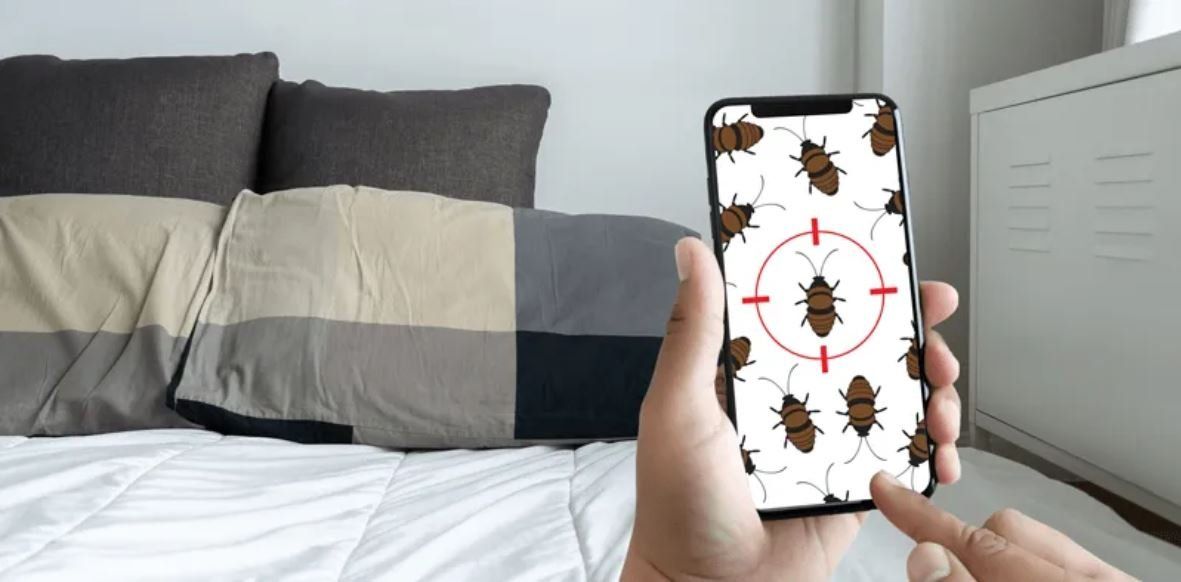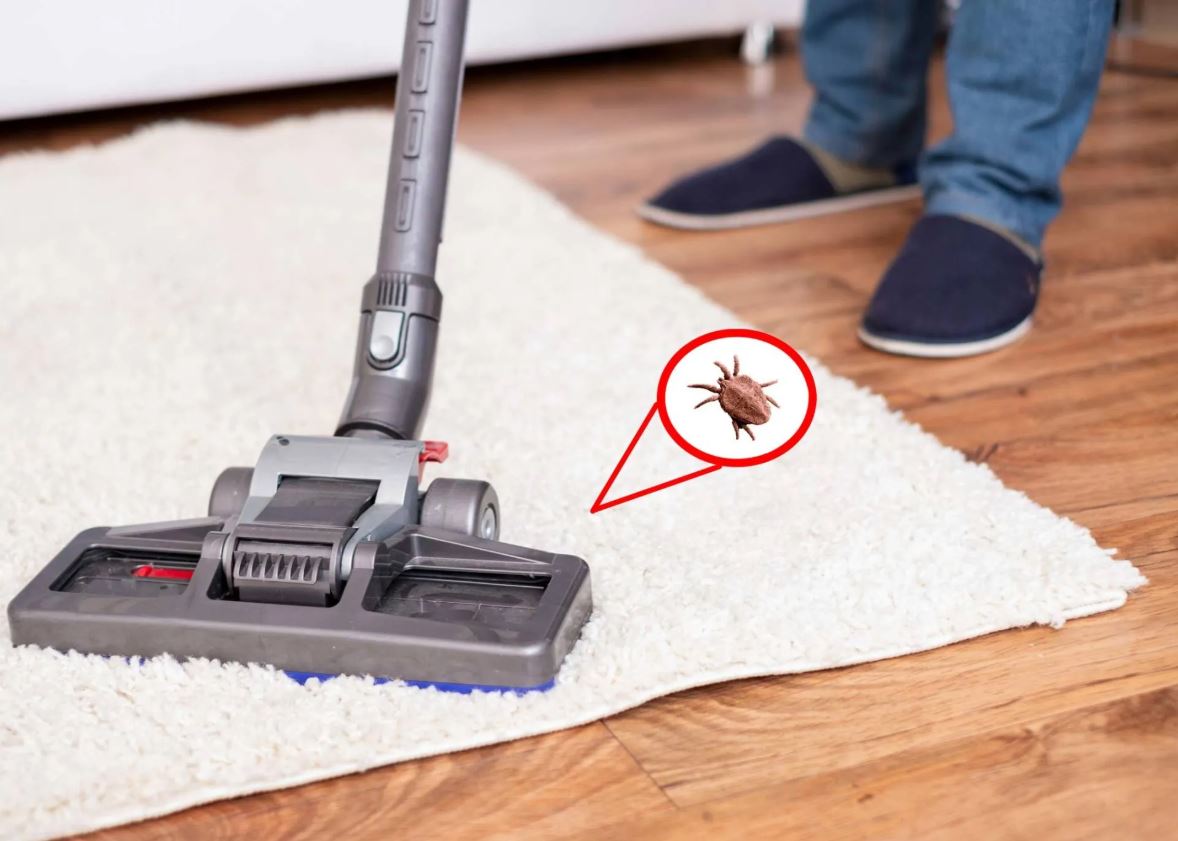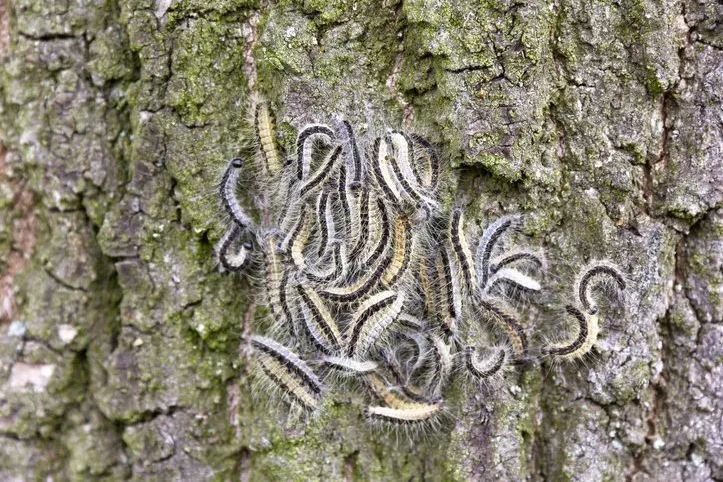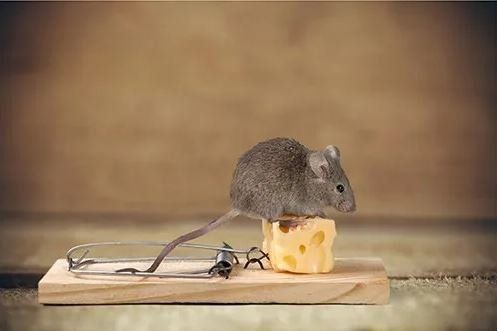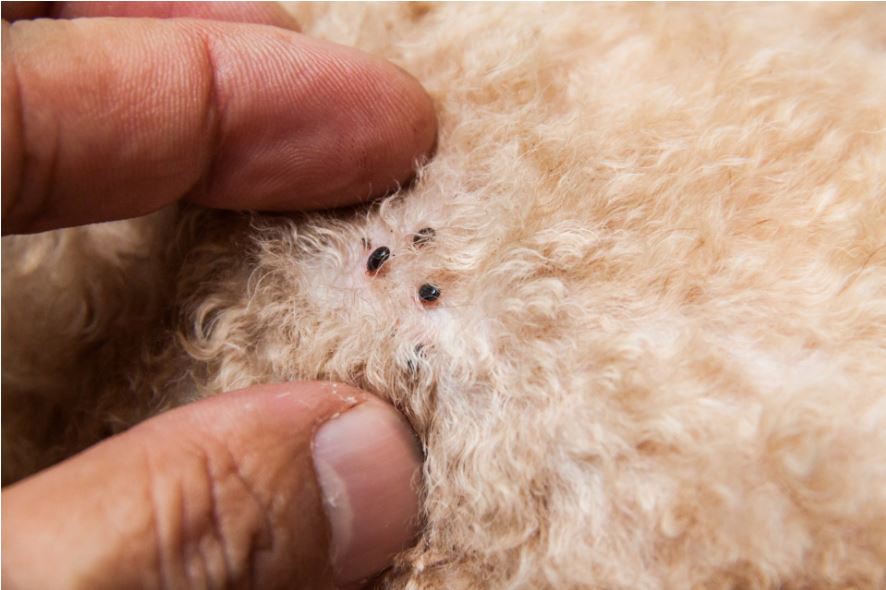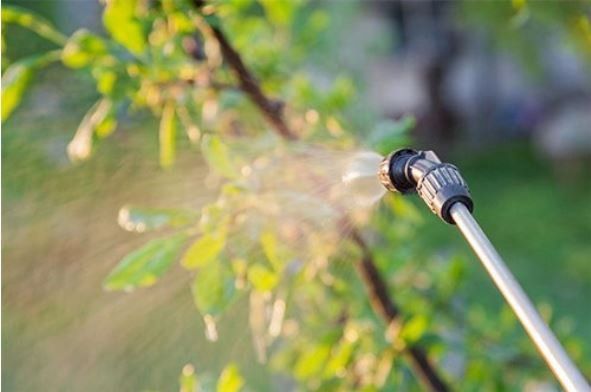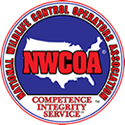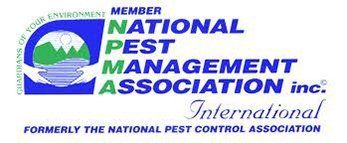MONTEREY BAY
PEST CONTROL INC.
LOCALLY OWNED AND OPERATED
Blog Layout
Why Honeybees Are Attracted to Your Home
Admin • Aug 03, 2020
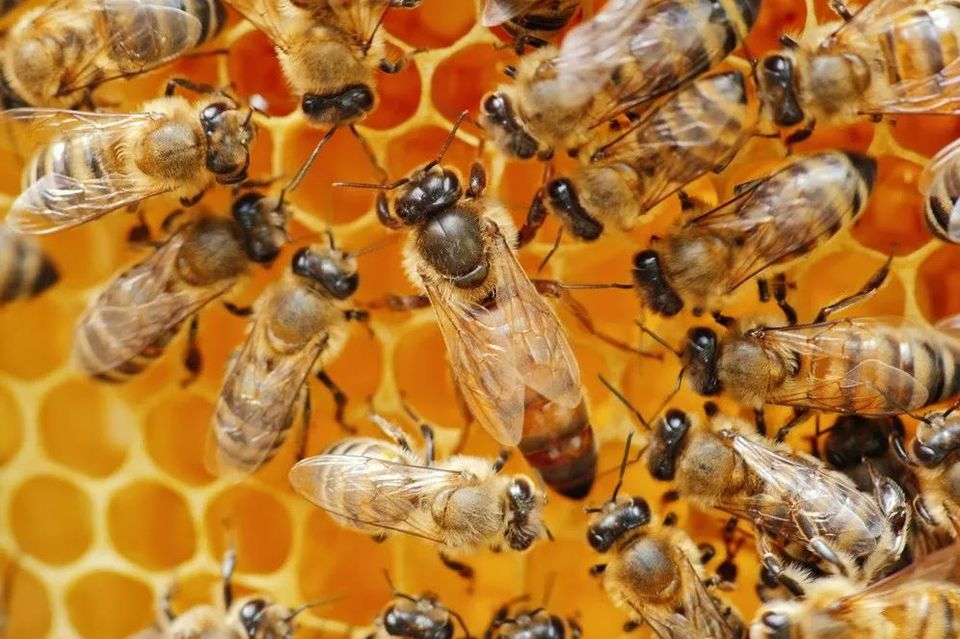
Have you noticed that your home seems to attract honeybees? Throughout America, honeybees can form new colonies from April to October. And if your property has the right environment, it could become the target of a queen bee and her workers as they search for a nesting site.
If honeybees do build a nest in your home, you'll see increased activity during summertime. The bees use the light of the longer days to harvest nectar for the coming winter.
If you suspect that you have a honeybee hive somewhere in your home, then the following factors might be responsible for attracting them to your property.
Abundance of Flowering Plants
Honeybees need flowers and their nectar to create honey. This is especially true during the summer when honeybees use nectar to create honey reserves to get the colony through winter. This means that honeybees will choose a nesting site somewhere near flowers.
Flowers are nice to have around on warm summer days, but they could attract a honeybee queen and her swarm. Fortunately, honeybees need more than just flowers to survive.
Pheromones of Former Hives
The honeycombs of a beehive contain pheromones. And even if bees no longer occupy that nest, the pheromones will remain unless you remove the honeycombs completely. Honeybees use pheromones to communicate with each other. And if an old hive on your property still contains a honeycomb, the pheromones emanating from the hive could attract a queen and her swarm.
If you are aware that your home used to have a beehive and suspect that some of the honeycomb remains, you need a bee removal expert to remove that honeycomb. Once they have removed it, they can clean the area and remove all traces of the pheromones.
Old and Unused Appliances
Honeybees will nest anywhere that can provide them with enough space to build their hive. But unlike bumblebees, which nest underground, honeybees tend to nest above ground. When a queen sends out her scouts to search for a suitable nesting site, those scouts will search for somewhere that will provide shelter and warmth through the coming winter.
Old and abandoned appliances, such as grills or lawnmowers, will provide enough shelter for a new hive to thrive. Rarely-used sheds or structures pose a similar risk.
A Nearby Water Supply
Like any living creature, honeybees also need water to survive. This means that a honeybee queen and her swarm will only nest somewhere that is in close proximity to a water supply. Water supplies could come in the form of ponds, stagnant pools, and even leaking air conditioner units or sprinklers.
Holes, Cracks, and Gaps
If you have seen honeybee swarms around your home, then now is a good time to seal any potential entry points. Honeybees will enter a home through cracks, holes, and gaps, but if the scouts decide that there isn't enough room for the nest, they will leave.
You'll have a problem on your hands, however, if the honeybee scouts decide that a hole in your roof will provide shelter and space for a hive. Those scouts will then release pheromones to attract the other bees.
Do you suspect that you have a honeybee hive on your property? Don't attack or destroy it. Bees are essential to our food production and pollinate about 35% of the world's food crops. Instead, call a professional pest control service to remove the nest safely and humanely.
Call Monterey Pest Control Inc. today and our live bee removal
team will remove the hive for you. You can then ensure that those honeybees continue to pollinate our food crops from the safety of a new nesting site somewhere in the wild.
By Admin
•
01 Dec, 2019
Pests can easily make their way from the yard and garden into your garage. Read this blog to get ideas on how to stop pests from coming inside your garage.
By Admin
•
01 Oct, 2019
If you want to better protect your home from bug invasions, check out these four common types of pest control methods, and choose the best option for you.
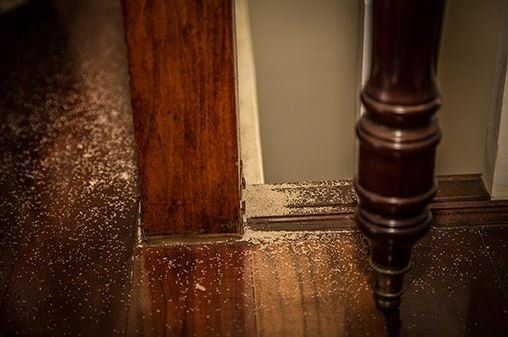
By Admin
•
22 Oct, 2018
Several types of termites invade California homes, including drywood, dampwood, and subterranean termites. Termites destroy structures, fencing, food, and household furnishings. So if you want to protect your property, you need to be vigilant. Here are three ways to put up an effective fight against termites for your home and belongings. 1. Remove Termite Attractions From Your Property Termites colonize an area because the area provides something that the termites need. Two of the primary needs of termites are moist soil and wood. If you have any leaks, puddles, or damp spots below your woodframed home, you have everything a pair of termites needs to create a whole new colony. Wet or rotting wood is also an attractant for termites. Termites can digest structurally sound wood, but they have an easier time eating wood that's crumbling due to fungal infestation. Clean up all sources of moisture around your yard and underneath your house, decks, and porches. Have a plumber repair pipes, and fix drainage issues that make water pool near your home's foundation. Pick up rotting wood, and have bad wood replaced in your home. Also, don't allow wood framing members to be within 12 inches of the soil at any point. Remove wood mulch and all woody plants away from the edges of your home's foundation to a distance of at least a foot away from your home. 2. Know the Signs of Termite Infestation Many homeowners are unaware of the first signs of termite colonization. By the time homeowners notice a serious termite problem, their homes are hosting several gigantic colonies of subterranean termites. You can completely avoid a termite surprise by having your pest control professional inspect your home once or twice a year. If you want to keep an eye on your own home and inspect the premises yourself, understand that destructive subterranean termites climb up from the soil to reach the wood in your home. The termites don't like to be seen or exposed to the air, so they build mud tubes from the ground level up to your floor joists. Mud tubes may be colored sandy, reddish, or dark brown depending on the soil available to the termites. The subterranean-termite tubes can be found on piers, basement walls, crawl-space foundations, and posts. Tubes lead from the colony and soil surface up to structural wood. Other signs of termite damage near wood include: Piles of sawdust or pellet-shaped droppings Entry holes in wood Blistering of outer wood surfaces Darkening or staining of wood grain Hollow sound to wood when rapped In autumn and spring, termites swarm away from their home colonies to develop new colonies nearby. You may see swarms of both ants and termites in fall and spring months. These termites have lacy, fragile wings and slim, dark bodies. A termite swarm indoors indicates that your home has one or more colonies of termites eating away at the structural members of the house. 3. Seek Help to Eradicate and Repel Termites Serious remedies are needed to combat termite infestations in homes. If you suspect your home has been infested with any type of termite, contact a qualified pest control company to confirm your suspicions. Treatment of your home will depend on the type of termites infesting the wood. Drywood termites are often eradicated by fumigating the complete home. Some homes are tented and heated to kill termites. Spot treatments and soil treatments are also options for subterranean termites. You may need to schedule more than one pest-control treatment to get rid of a heavy termite infestation. Your pest control company will monitor your home to check for re-infestations after your home is treated for termite problems. If you see autumn swarms or other signs of termites in your house, schedule an inspection of your home by the experts at Monterey Bay Pest Control Inc. Since 1950, we've provided effective termite control for homeowners throughout Monterey County, California.
Phone:
Mailing Address:
PO Box 810 Seaside, CA 93955
Two addresses to serve you better:
Monterey Bay Pest Control
1997 Del Monte Blvd. Seaside, CA 93955
Monterey Bay Pest Control
4041 Soquel Dr. Ste 320
Soquel, CA 95073
Content, including images, displayed on this website is protected by copyright laws. Downloading, republication, retransmission or reproduction of content on this website is strictly prohibited. Terms of Use
| Privacy Policy
